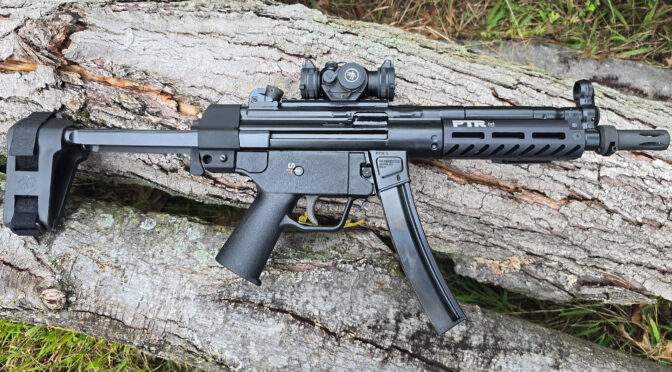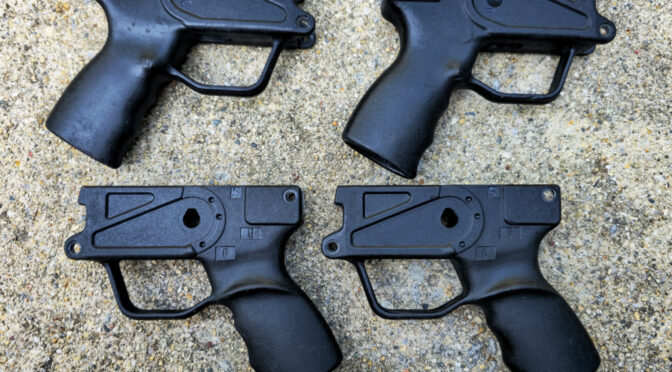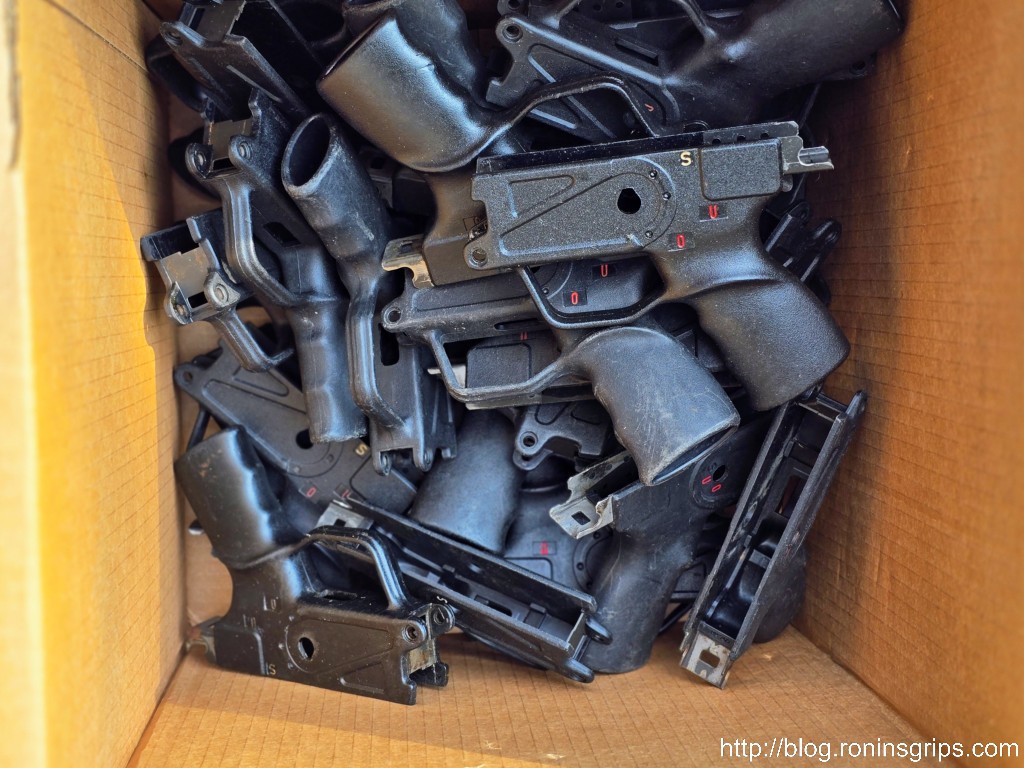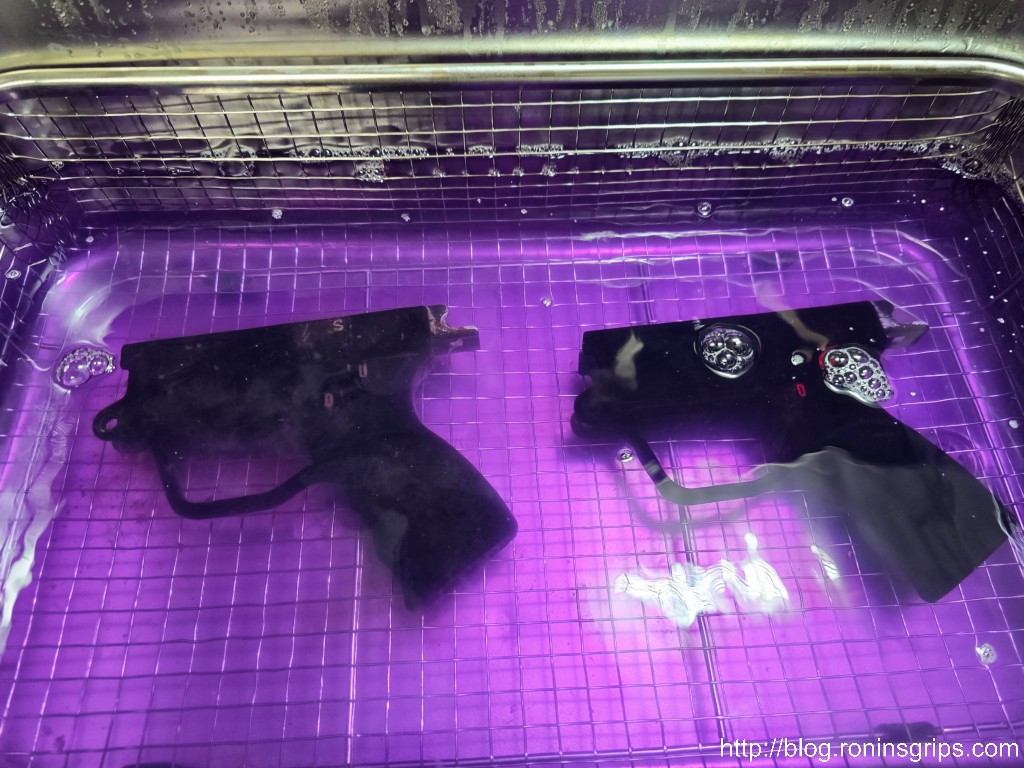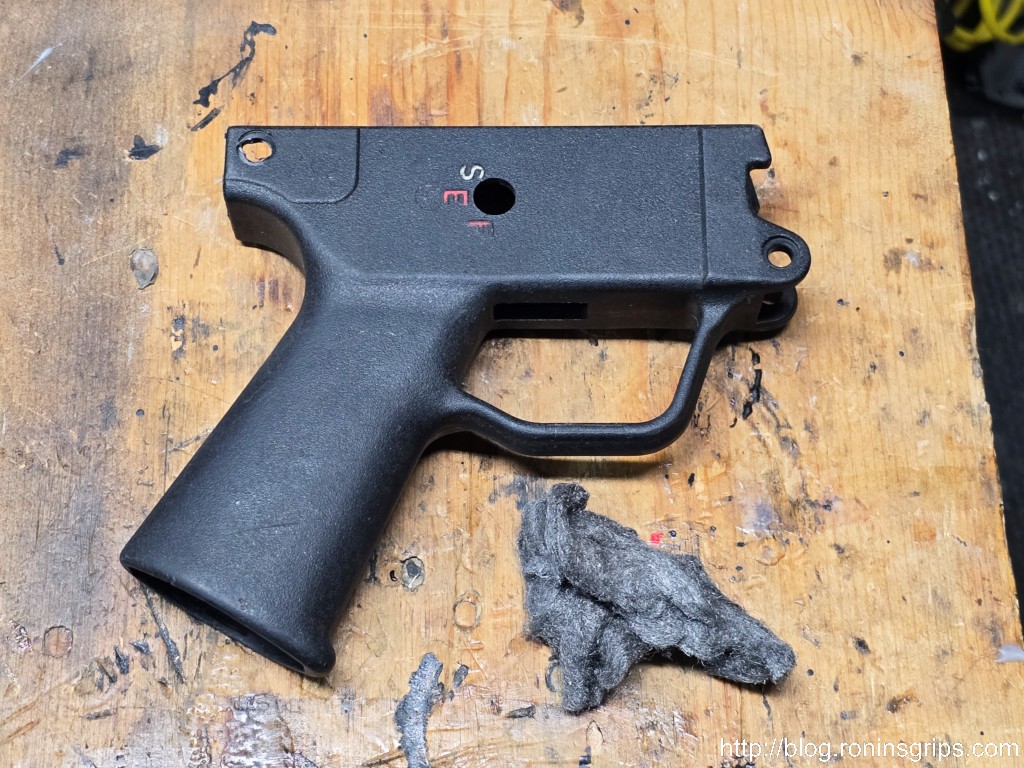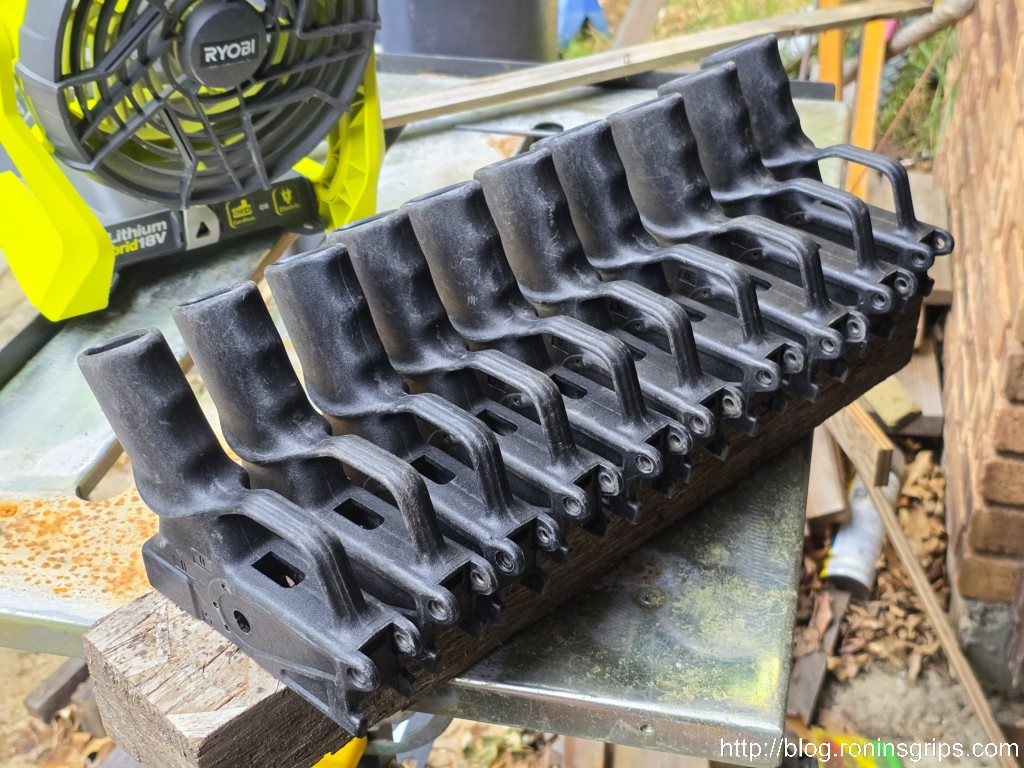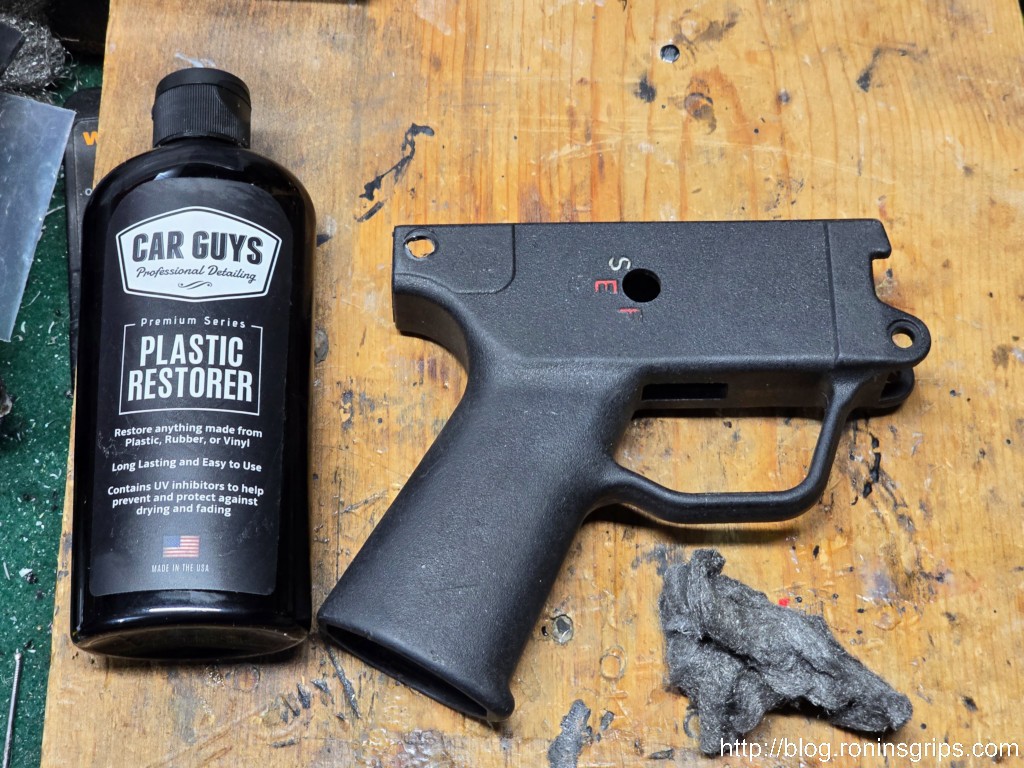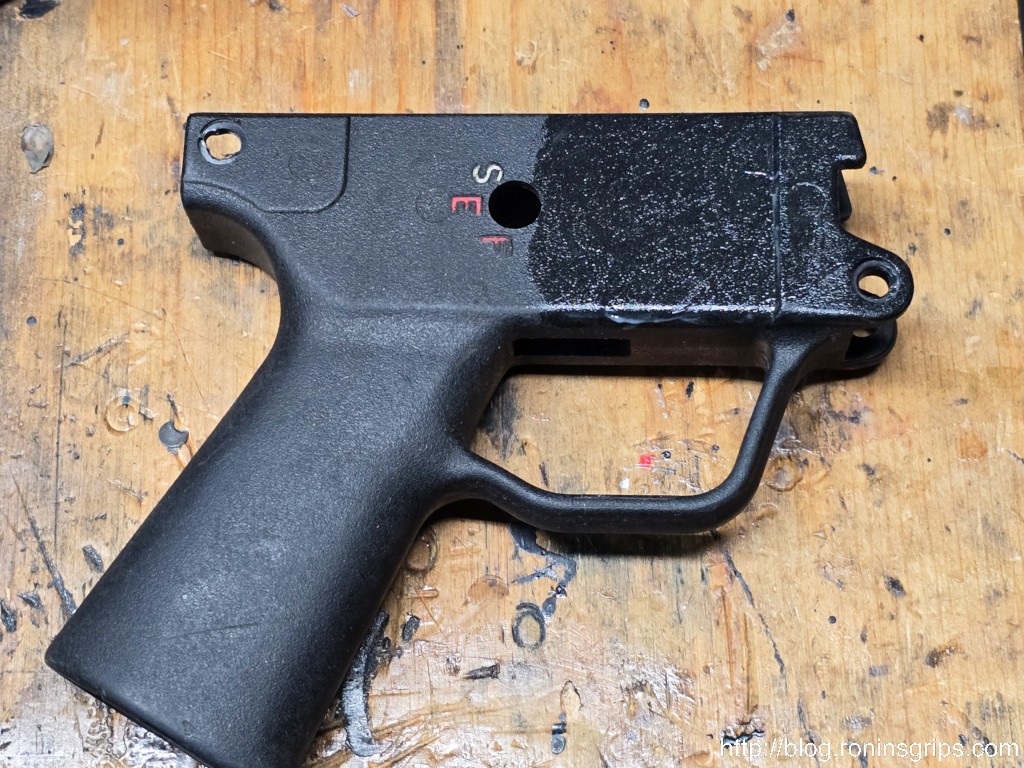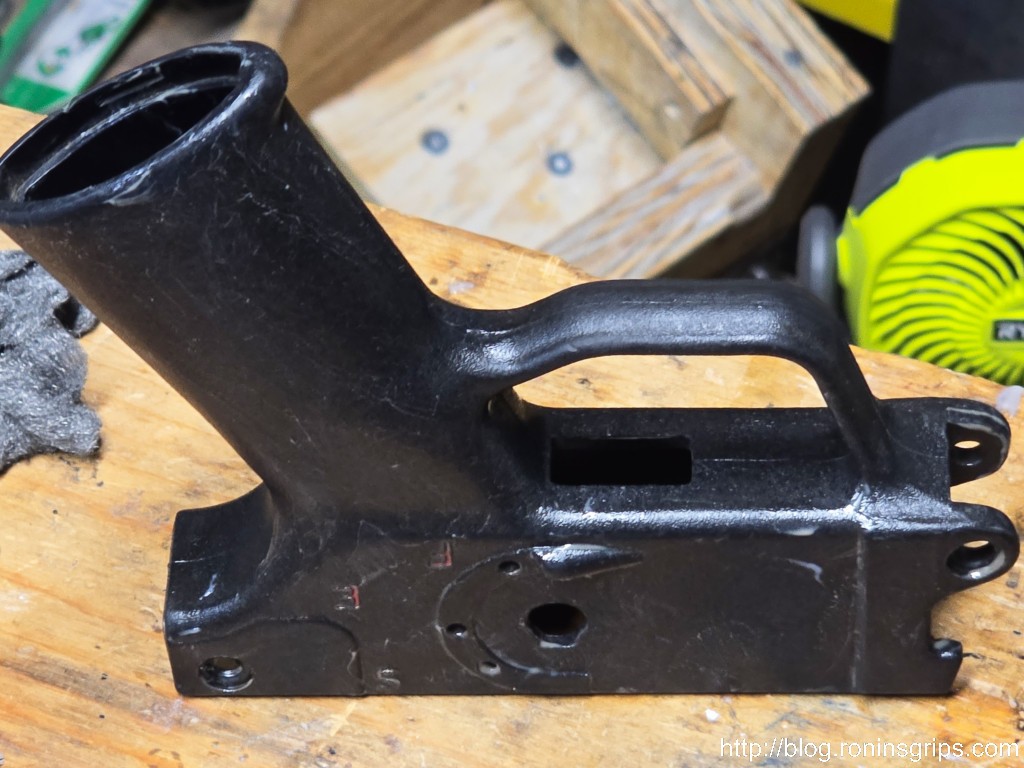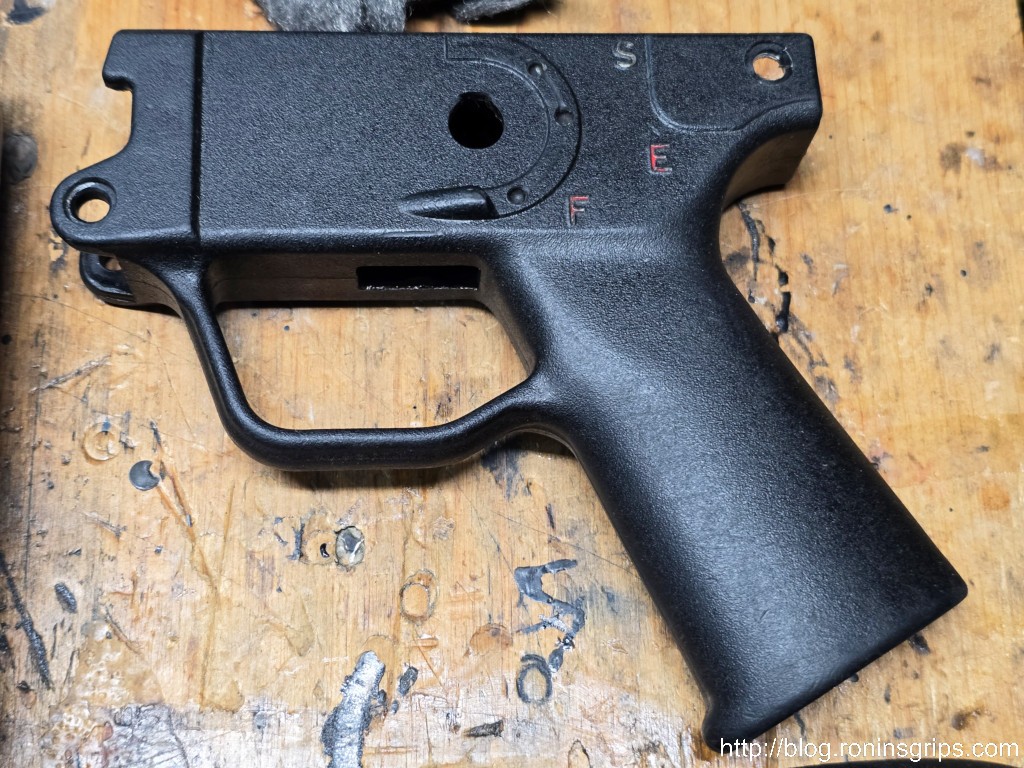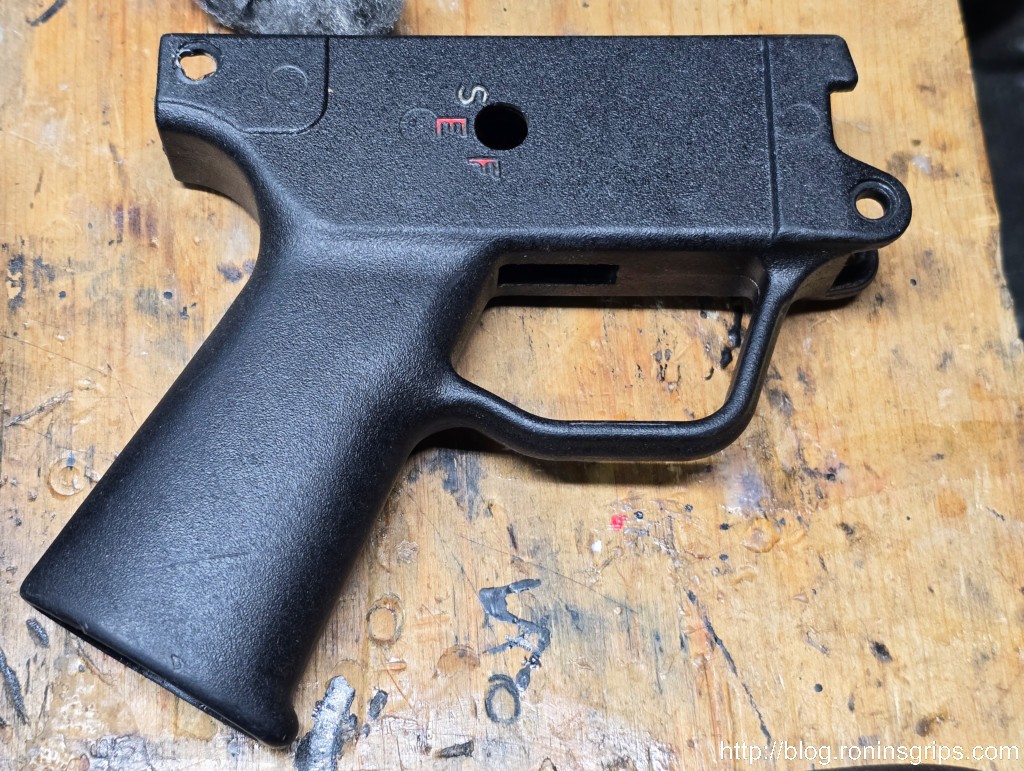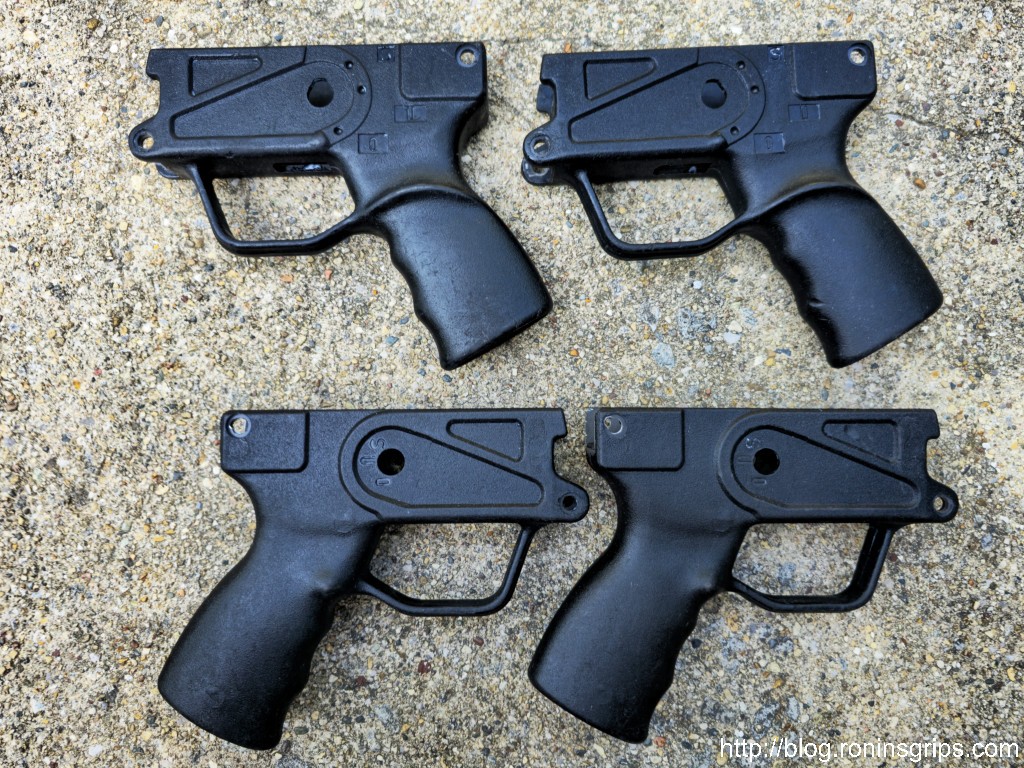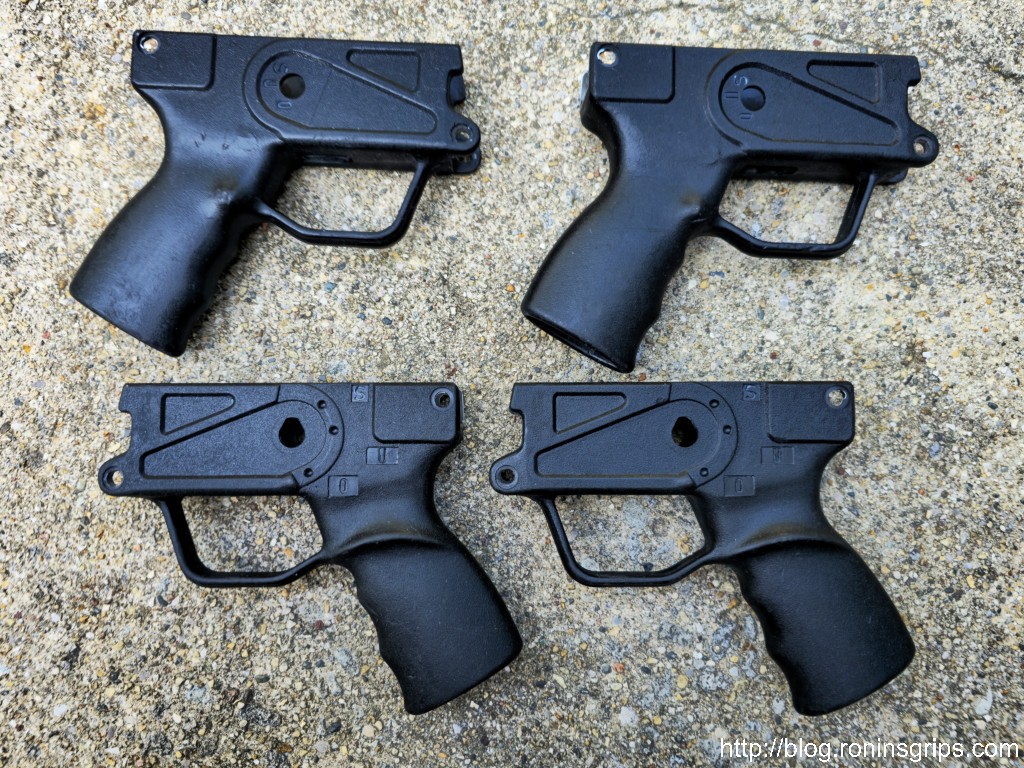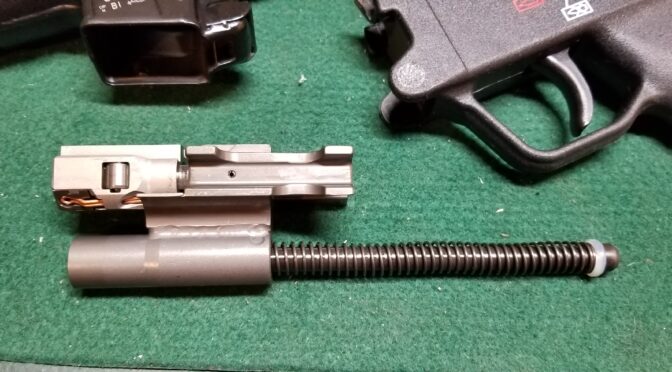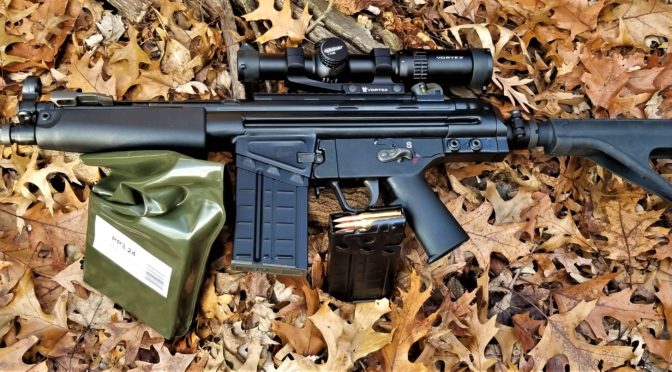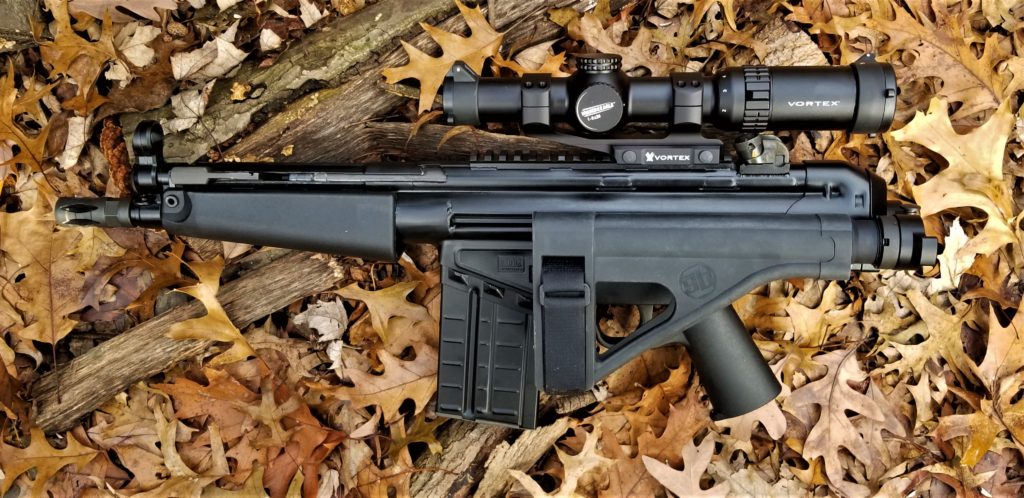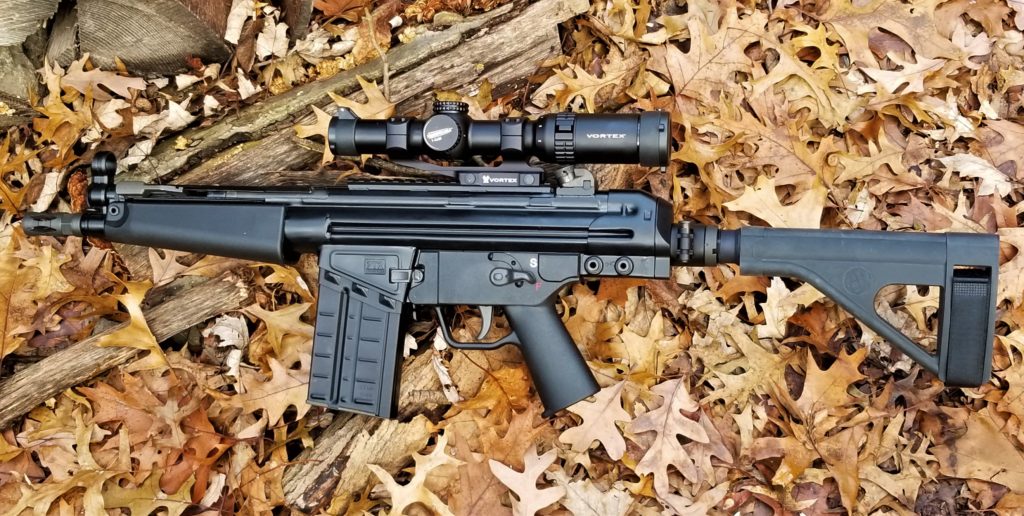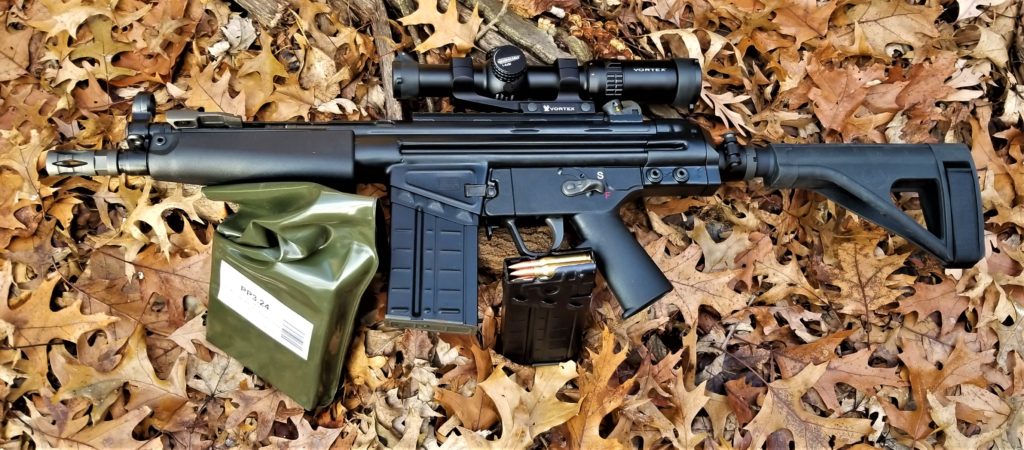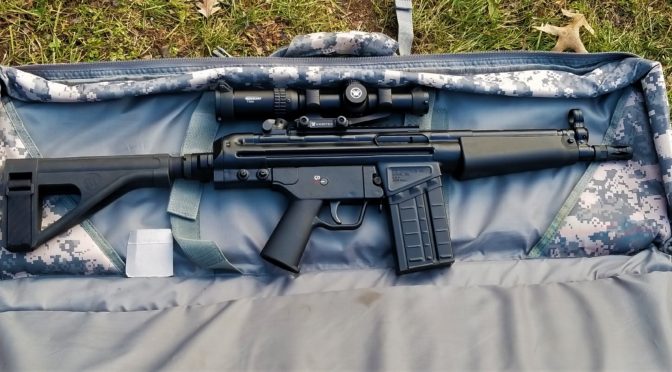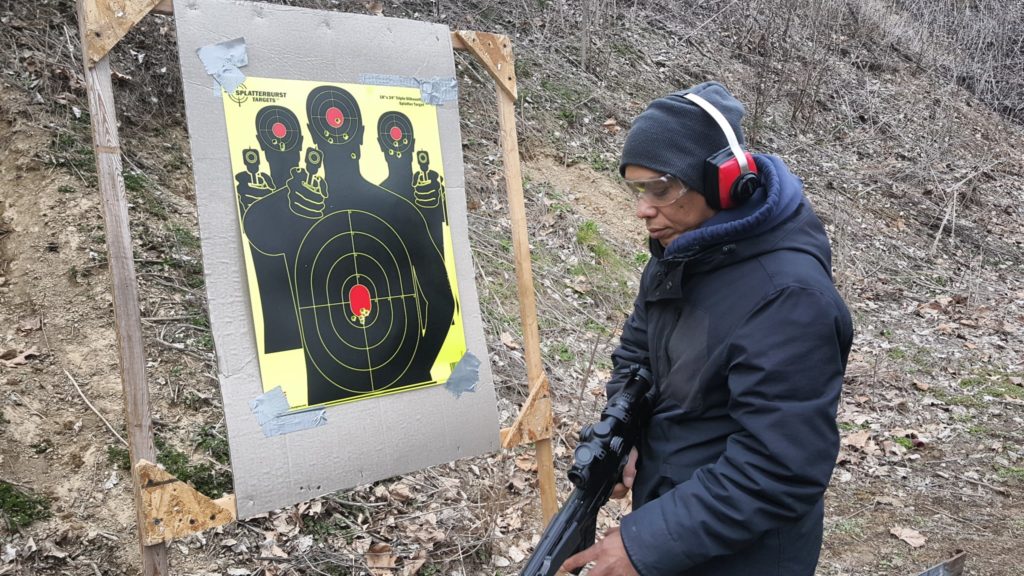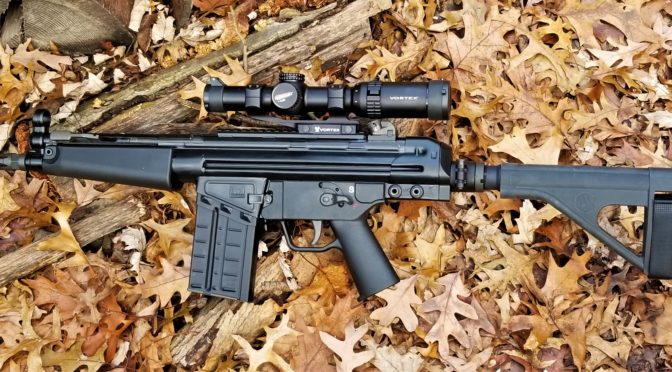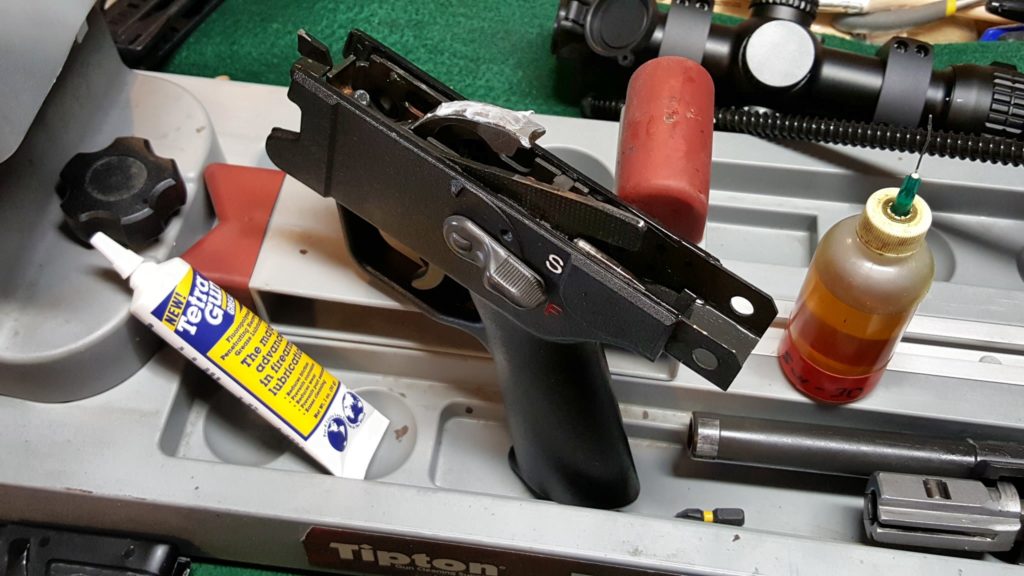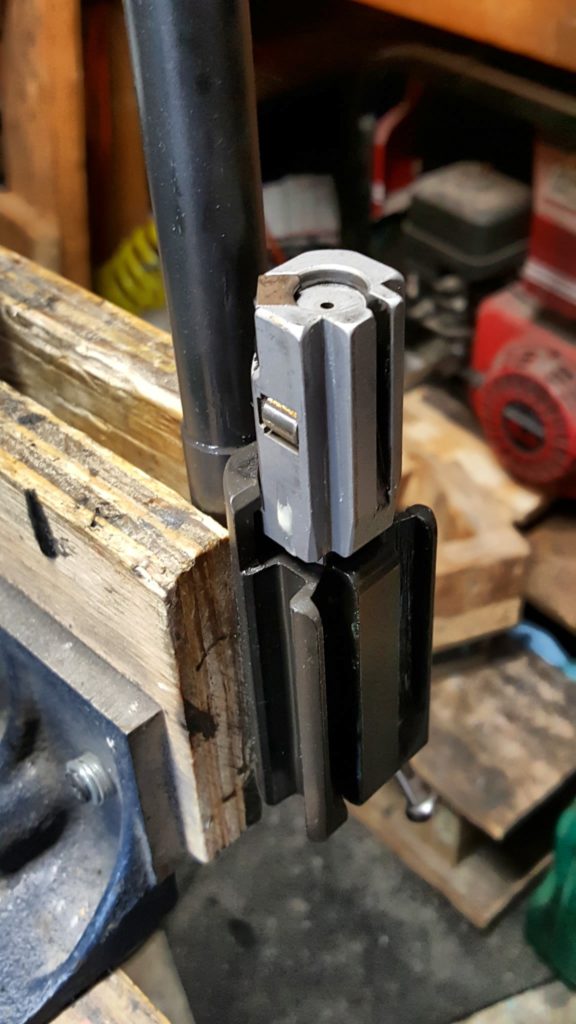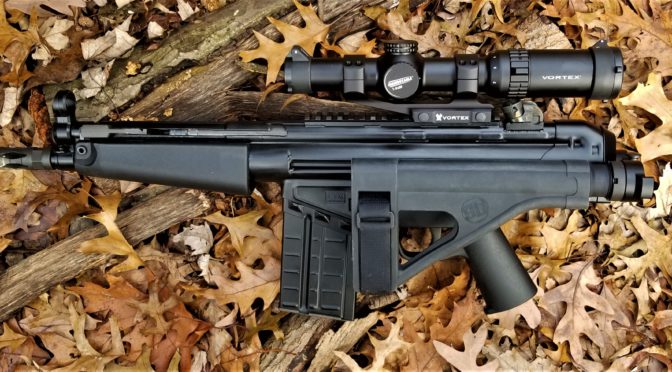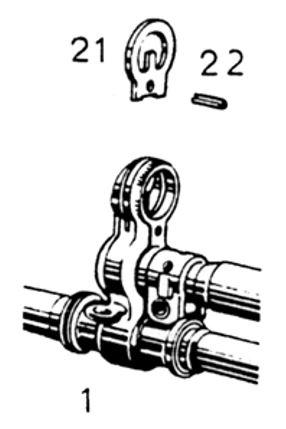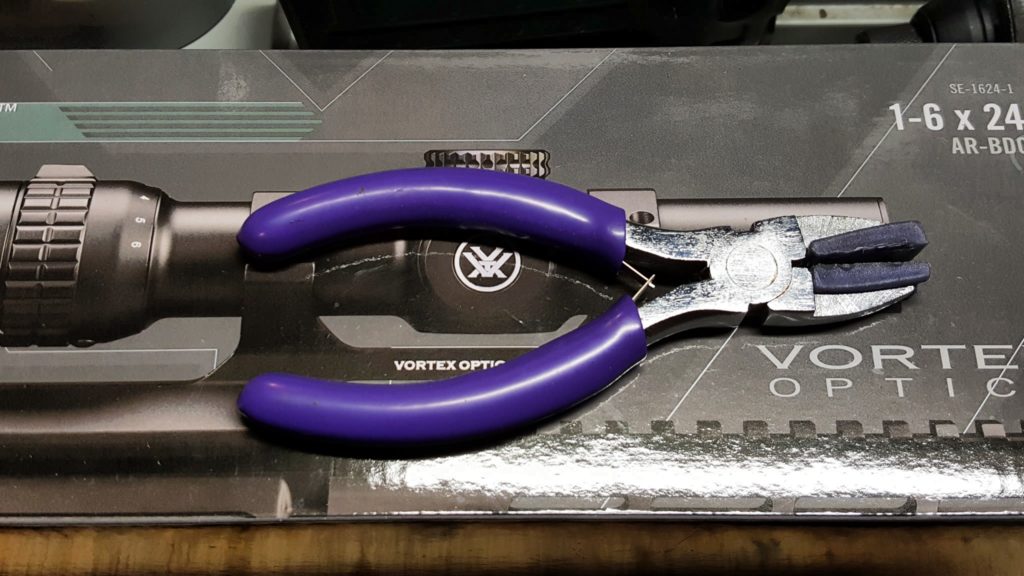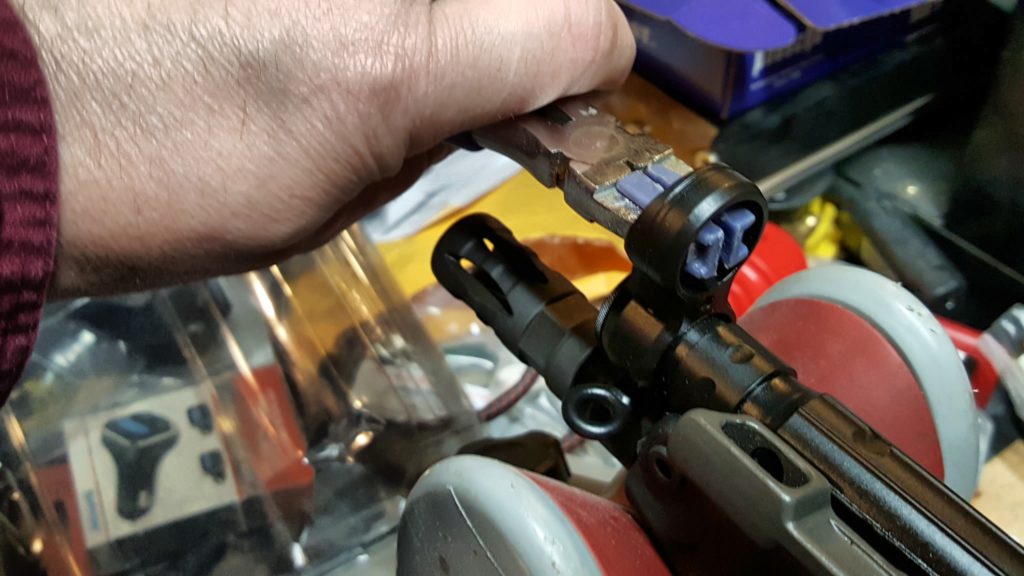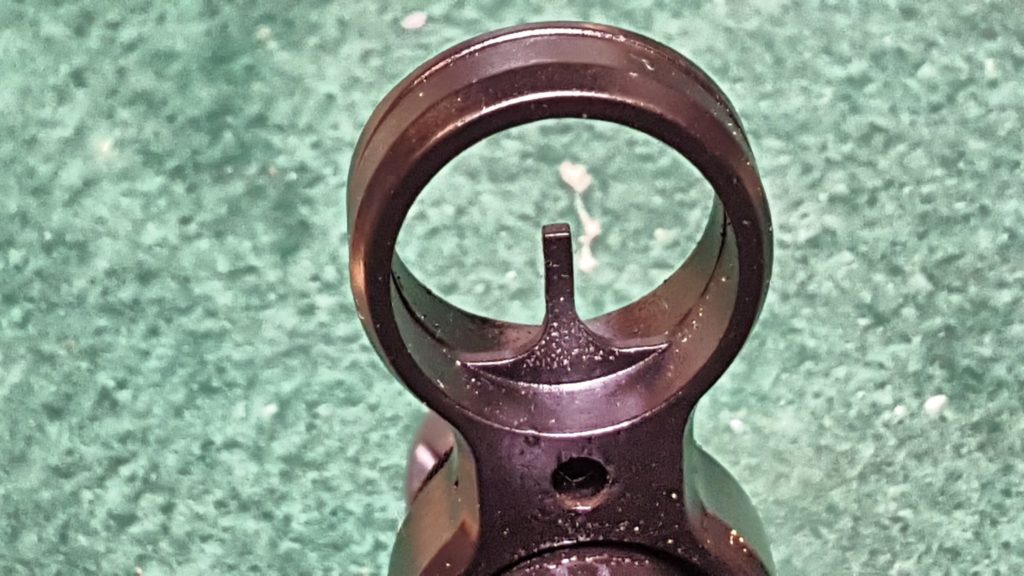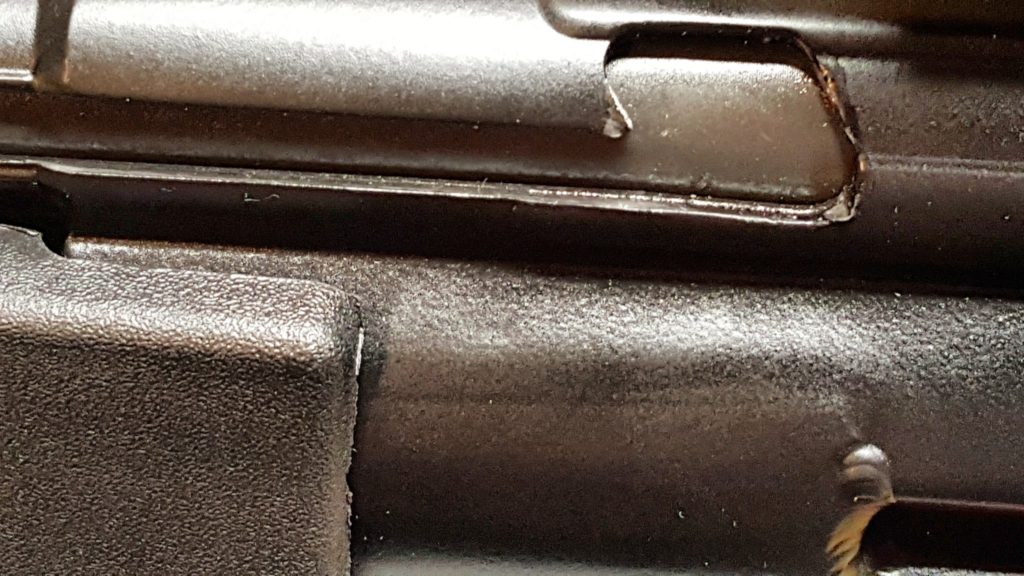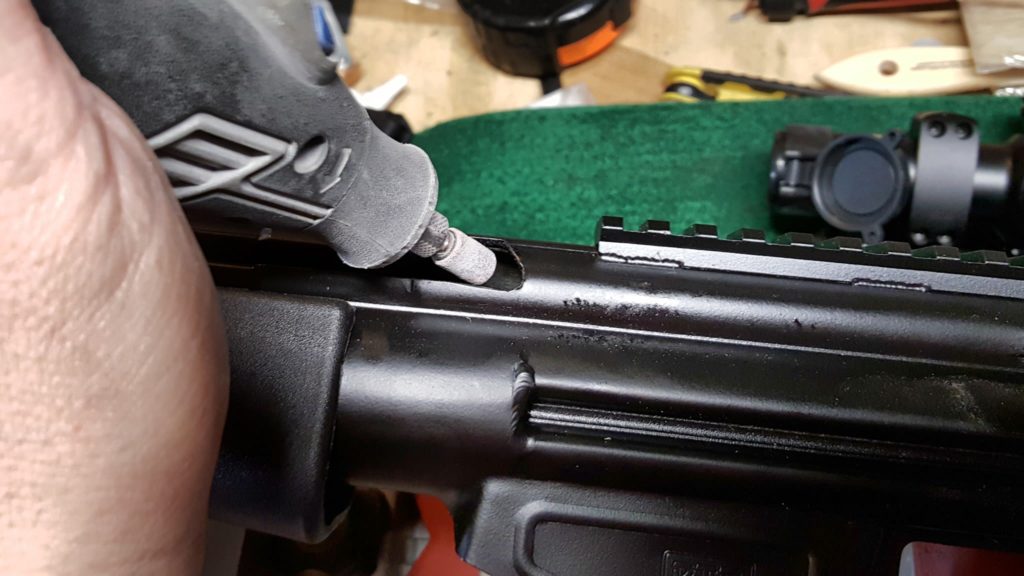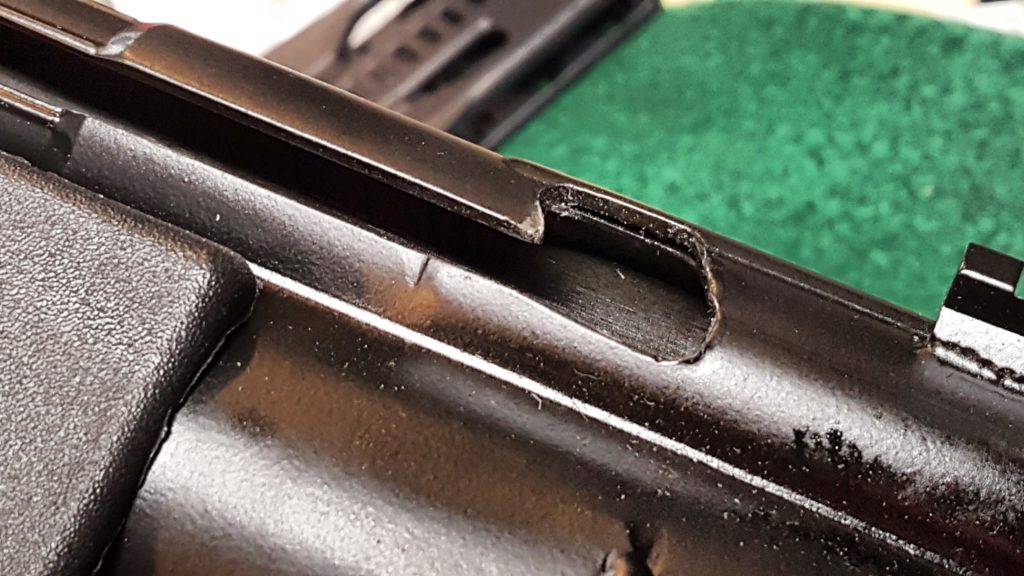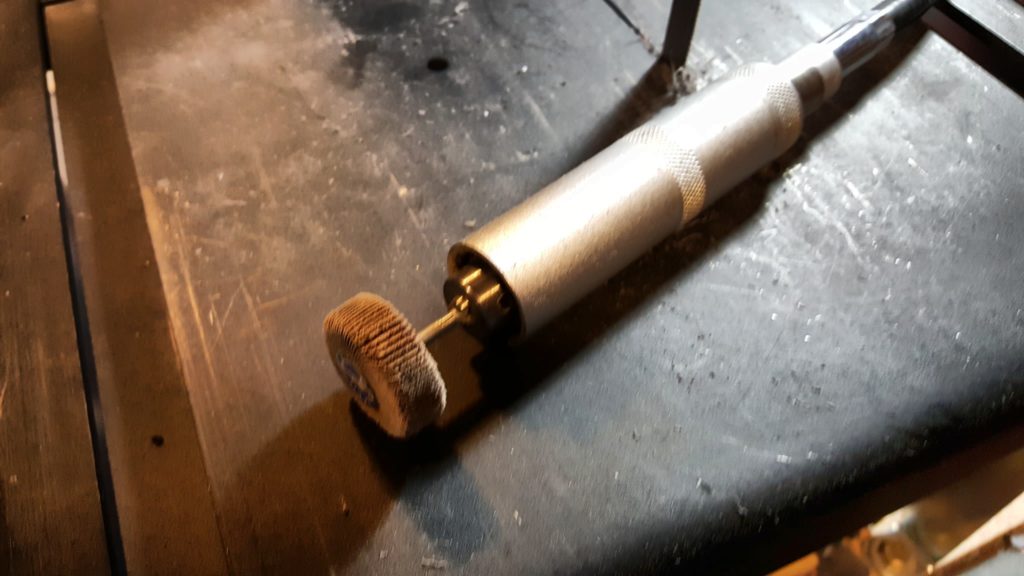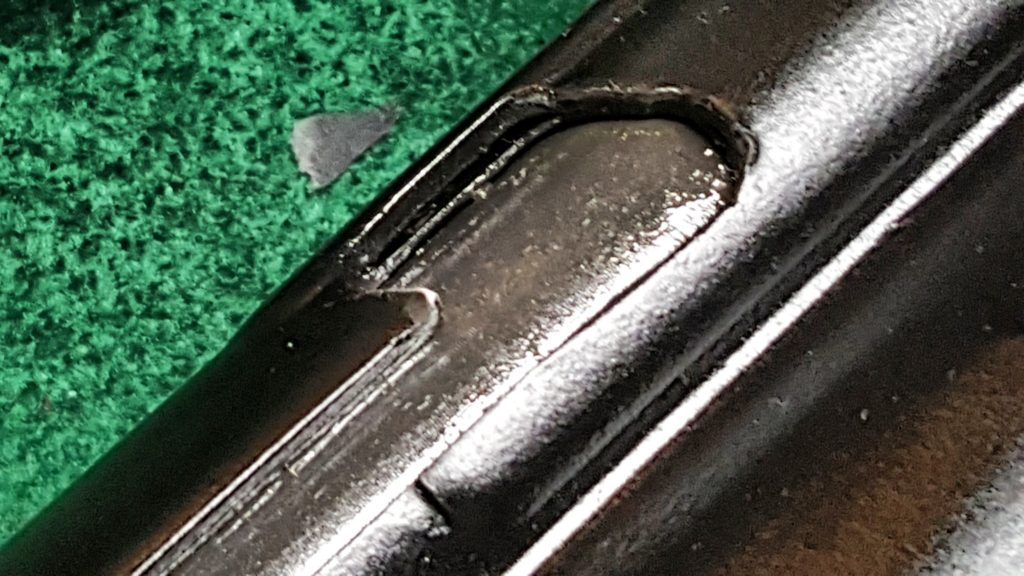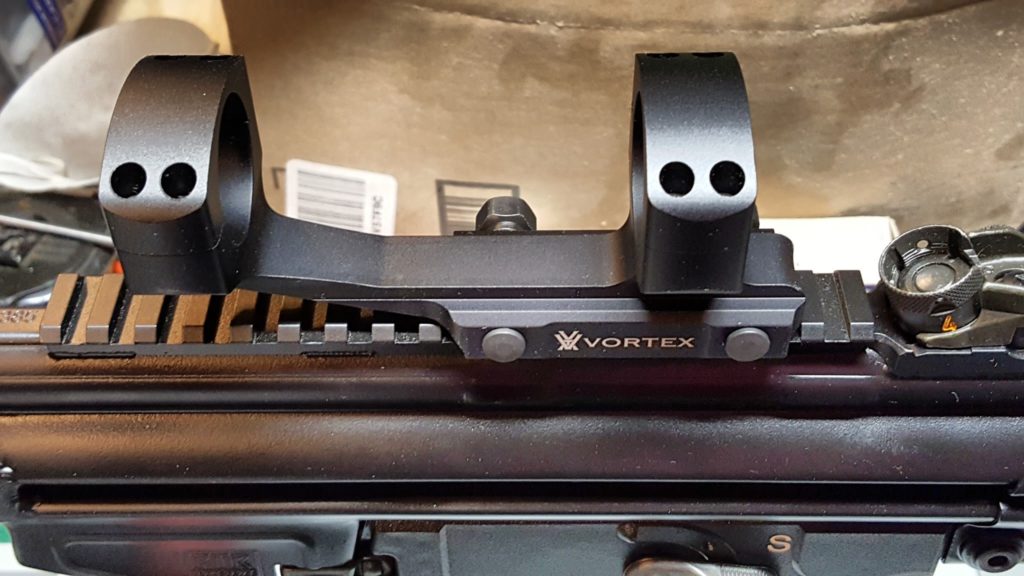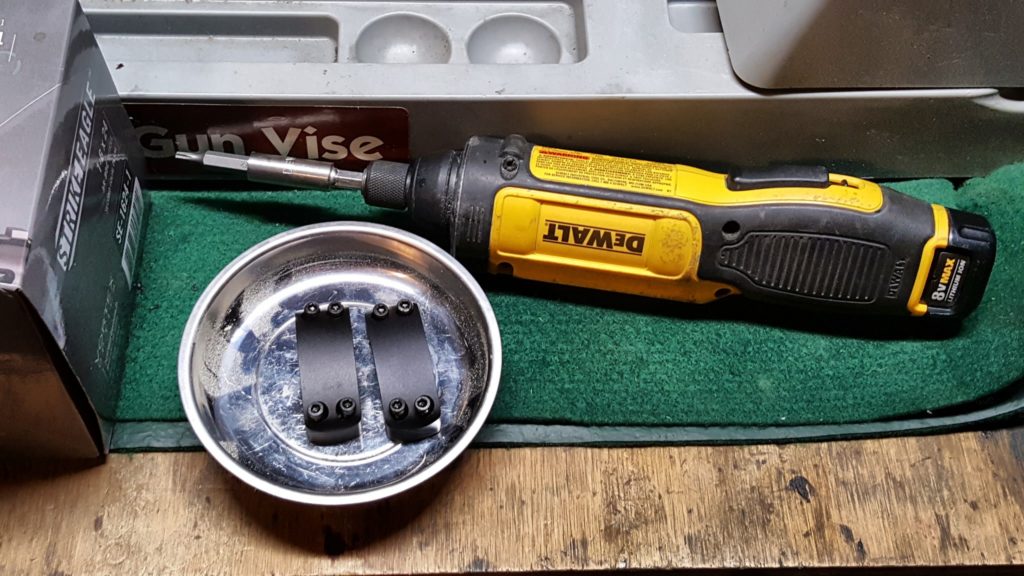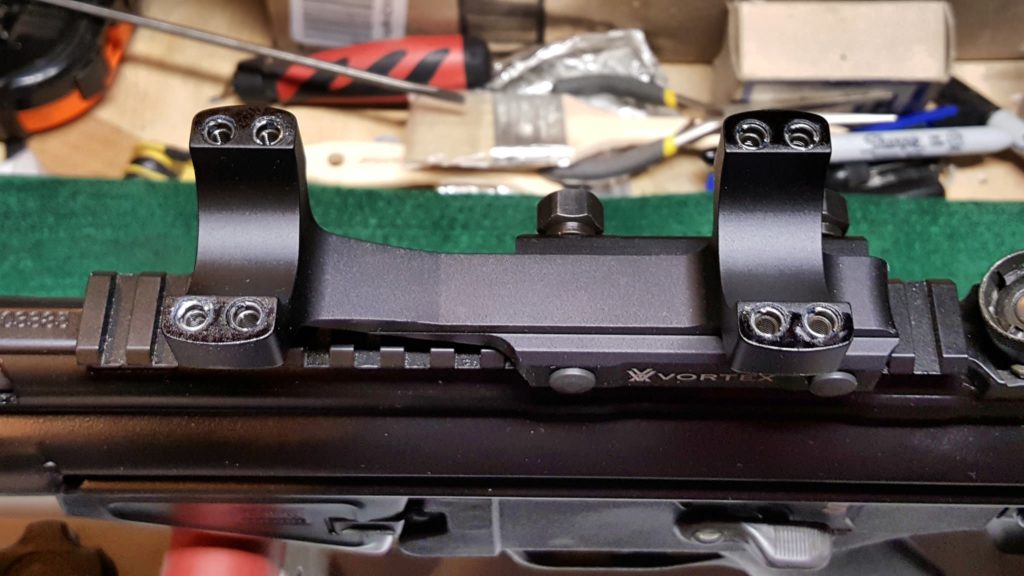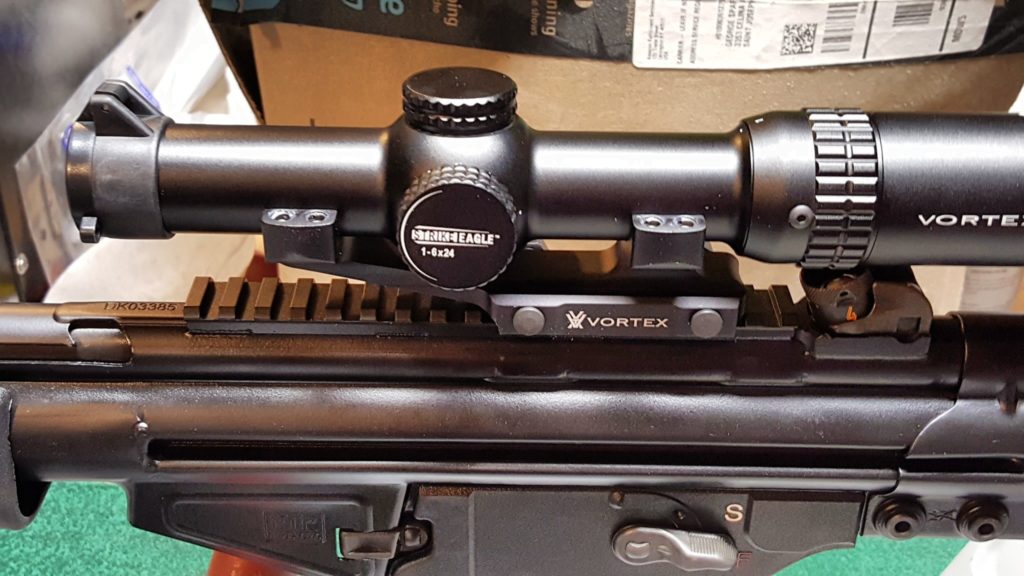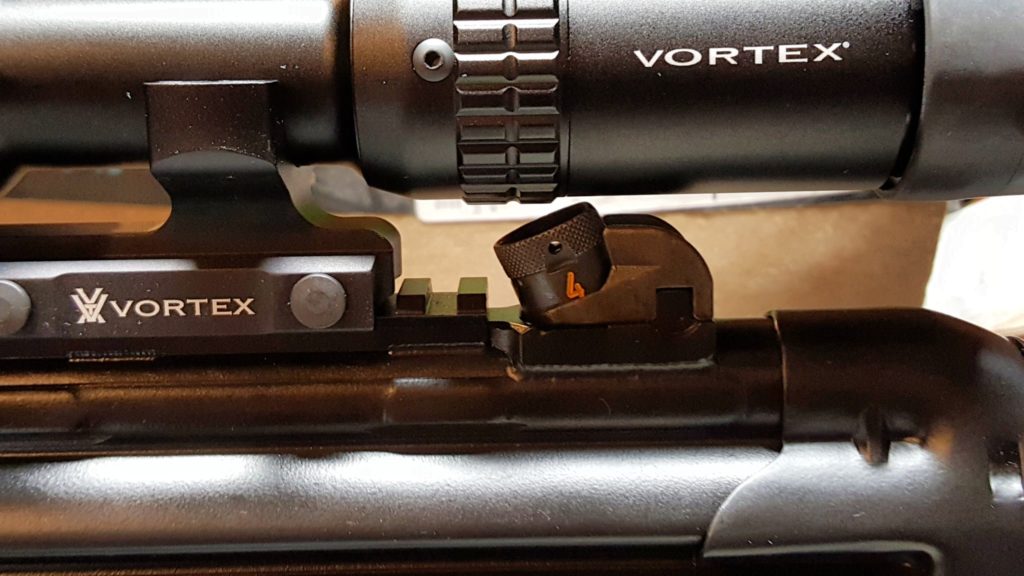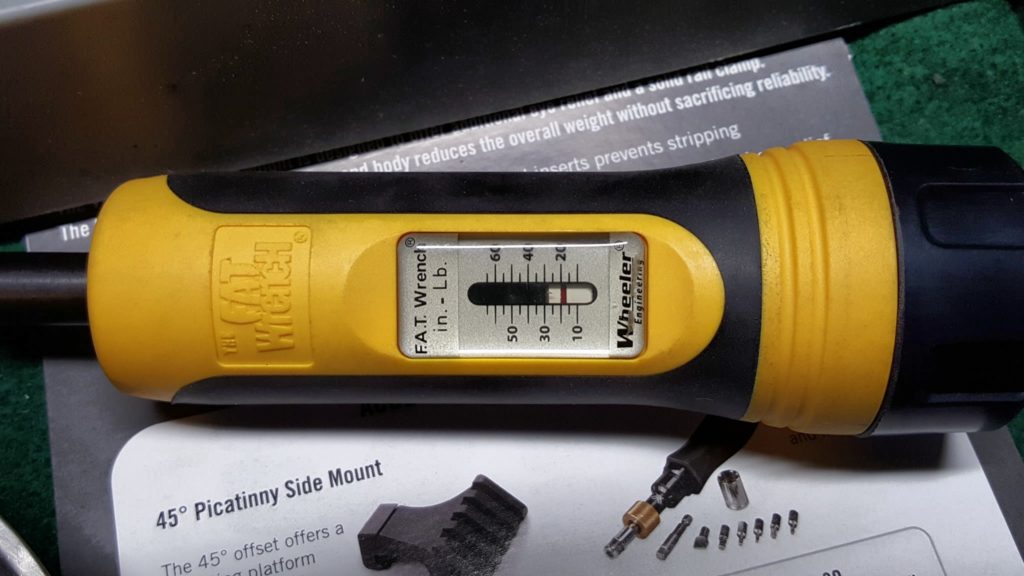It seems like roller-locked firearms are having a resurgence as of late with a number of vendors making them. My first roller lock was from a company that is still around and I actually just bought a MP5 clone from them that I need to write about. Before I do that, let’s review how PTR came into existence.
Timeline
- Origins (1997-2005): The story begins with Jose Luis Diaz, a Cuban-American entrepreneur with a passion for firearms. In 1997, he established JLD Enterprises in Connecticut, aiming to manufacture American-made versions of the G3 rifle. JLD’s PTR-91 (Precision Tactical Rifle) gained traction among enthusiasts seeking a domestic alternative to imported G3s.
- Acquisition of FMP Tooling (2003-2005): A pivotal moment occurred when JLD acquired the original tooling and machinery from Fábrica Militar de Braço de Prata (FMP) of Portugal, a licensed manufacturer of H&K G3 rifles. This acquisition included blueprints, gauges, and thousands of parts, granting JLD the capability to produce rifles using the same equipment that produced the original G3s. To be clear, PTR did not license the designs and what not from H&K – they bought them from FMP.
- Formation of PTR Industries (2006-Present): In 2006, Diaz partnered with P. Everett Weed, an experienced manufacturer, to form PTR 91 Inc. This marked a rebranding and expansion of JLD Enterprises who was folded into PTR. Diaz left in late 2010 and the direction of PTR changed from a focus on assembling firearms from surplus parts to one of new designs and innovation. Currently, PTR has the in-house capabilities to make all of the parts of their firearms.
I really like MP5 and MP5K-type weapons, so let’s add key dates in for them:
- 2017: PTR Industries first announced their plans to produce MP5 clones at the 2017 SHOT Show.
- Late 2018 / Early 2019: PTR began shipping their first MP5 clones, the PTR 9CT pistol and the PTR 9KT pistol. These were essentially clones of the HK SP5K, a semi-automatic pistol version of the MP5K.
- 2020: PTR expanded their MP5 clone lineup with the release of the PTR 9R rifle, a clone of the HK94 carbine.
- 2021: PTR introduced the 5R rifle, a clone of the HK SP5, a semi-automatic rifle version of the MP5.
Key Individuals
- Jose Luis Diaz: Was the founder of JLD Enterprises and the visionary behind bringing G3 rifle production to the United States. He left PTR in 2010.
- P. Everett Weed: Instrumental in the formation of PTR 91 Inc. and the company’s growth through his manufacturing expertise and business acumen.
Conclusion:
PTR Industries has carved out a niche around the family of HK-related roller-locked weapons. Given the continued popularity of those types of firearms, they are well positioned. PTR is working on reselling and perhaps later making weapons such as the Archon B and D pistols and both Jack and Reacher shotguns.
So, PTR continues to evolve. I’ve found their products to be well done in the past and own a 9CT (MP5) currently. It will be interesting to see where the firm heads. I’ve owned a few PTR firearms over the years – a 91 clone, a 7.62x51PDWR and now the 9CT – I have no hesitation in recommending them.
Note, I have to buy all of my parts – nothing here was paid for by sponsors, etc. I do make a small amount if you click on an ad and buy something but that is it. You’re getting my real opinion on stuff.
If you find this post useful, please share the link on Facebook, with your friends, etc. Your support is much appreciated and if you have any feedback, please email me at in**@*********ps.com. Please note that for links to other websites, we are only paid if there is an affiliate program such as Avantlink, Impact, Amazon and eBay and only if you purchase something. If you’d like to directly contribute towards our continued reporting, please visit our funding page.
